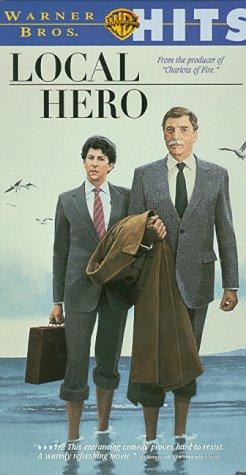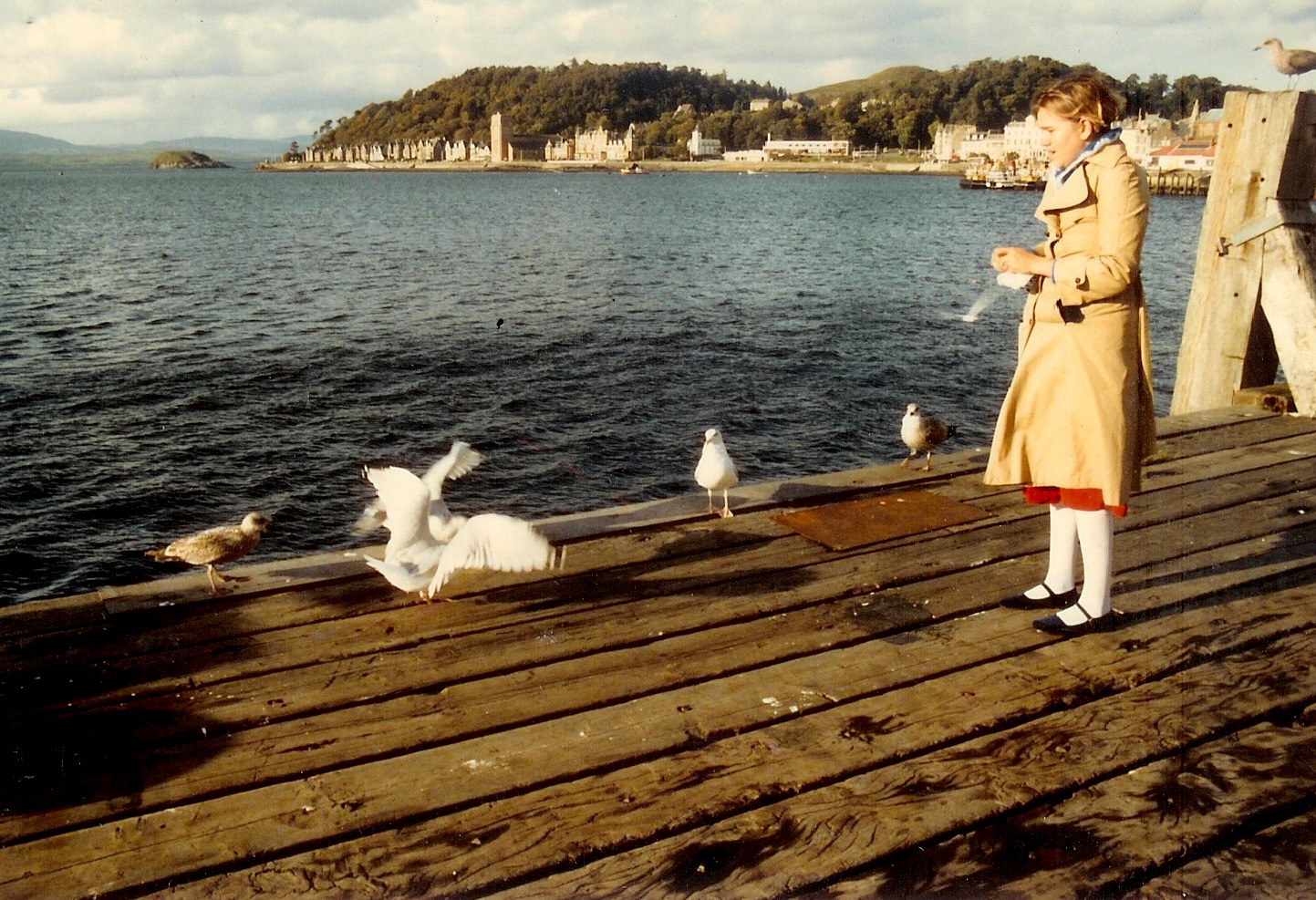Mondays with Mike: Looking back, and forward
December 19, 2016 • 11 Comments • Posted in Mike Knezovich, Mondays with Mike, travel, UncategorizedWe put the finishing touches on our trip to Scotland this past week, booking a hotel in Edinburgh. In truth, it’s as much a trip to England as Scotland. We’ll first be visiting with our friend Jim at his place in London, then up to his father’s in the North of England, which is how we began our honeymoon back in 1984. We’ll overnight there, breakfast with Jim’s father, and Jim will drive us to Newcastle, where we’ll take the train to Edinburgh.
But not before we have a Newcastle Brown Ale, which is exactly what we did when we embarked back in 1984. Remember, there was no craft beer here in the states, as impossible as that seems in an age when you get raspberry infused IPA with rare hops from an obscure valley in the Ruhr with just the right amount of citrus. I’m making that up, of course. Well, at least I think I am.

Burt Lancaster and Peter Riegert were the headliners. Others included Peter Capaldi (you know, the current Dr. Who).
Anyway, a Newcastle Brown Ale, to a person weaned on mass-brewed American beers, well, that was exotic. And delicious.
I don’t remember a lot of details about the trip—but certain vignettes stand out. The crescent-shaped streets of Edinburgh. Walking the Royal Mile to Edinburgh Castle. Stopping at a little shop where Beth bought a beautiful blue sweater of a type and quality that was, and maybe still is, exclusive to Scotland. Staying at a B&B called Mrs. McCreedy’s, and eating breakfast with her grown son, a comically sour man given to grousing about Americans and America.
Back then, Edinburgh was just the start of our trip. We rented a car in the city centre, I sat on the wrong side and shifted the manual transmission with the wrong hand, hopped a curb on a left turn that felt like a right turn, and we were off—without another traffic incident. Actually, a bicycle ran into us—or did we graze it?—in a traffic circle days later. No harm, no foul. Apart from that, we had to stop a lot for sheep.
I remember being struck by how American Pop Music was playing everywhere we went. “I just called to say I love you,” by Stevie Wonder, was ubiquitous. On the recommendation of someone, we can’t remember who, we made our way to a little village called Oban, where I had my first single-malt scotch. And at a little seaside church, we attended a service for the fishermen who were out on the sea, where prayers were said for their safe return. My lasting memory: The piano player was an ancient woman named Helen.
Helen was a good sport but her tempo was a bit slow for the pastor, who at one point during a hymn crouched down alongside the upright piano, pretended to turn a big imaginary crank, and shouted, “Can you speed it up a bit, Helen!” Imagine Scotty from Star Trek yelling about the engines and that completes the scene.

Mark Knopfler did the soundtrack, which is superb in its own right. Gerry Rafferty has a song on it, too.
I think our Oban experience is partly why to this day, “Local Hero,” a quirky and lovely little film about an American oilman who lands in a tiny Scottish seaside town and is charmed by the locals, is still among my all-time favorites.
And there was Inverness, where we stayed in a converted royal hunting lodge for one night, which happened to be the last night it was open for the season. We were the only guests, so we got royal treatment. We’d been sleeping in B&Bs and the floors of friends’ apartments: It was a luxurious way to end our time in Scotland. After dinner, Beth stayed upstairs in our room and took a hot bath. I headed downstairs where I learned from the staff how to play snooker, and was treated to their favorite local spirits.
There is one other thing about that trip—which I hadn’t thought about until I uploaded the photograph in last week’s post. I mentioned that we saw a lot of sheep on our trip. It was while looking at a flock of them that Beth first began to see spots. She asked me, in fact, whether they were funny kind of sheep that were supposed to look that way.
We didn’t know it then, but that was the beginning of the end of Beth’s vision. That was October and it was gone by the following July.
It struck me that when I think of our honeymoon, I never think: Beth could see back then! At least not until I looked at that photo of her feeding the gulls.
I don’t know if that’s a good thing or a bad thing. I think it’s neither. What I remember is what a grand time we had.
I expect it’ll be every bit as grand in January.




